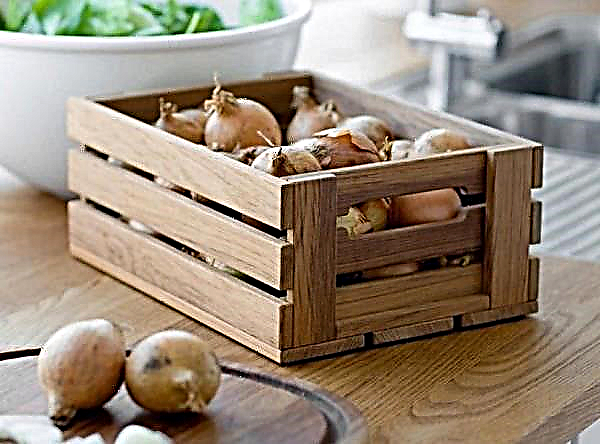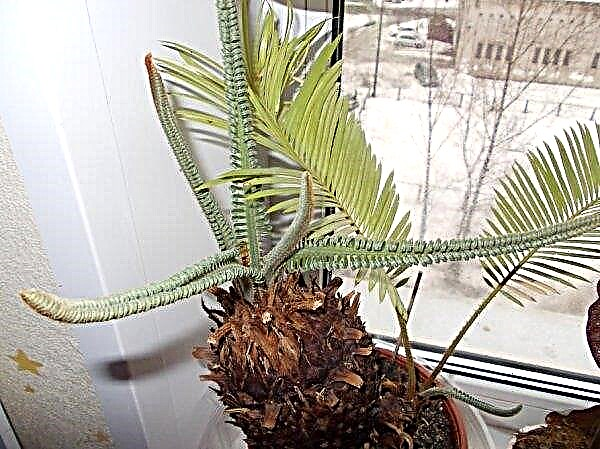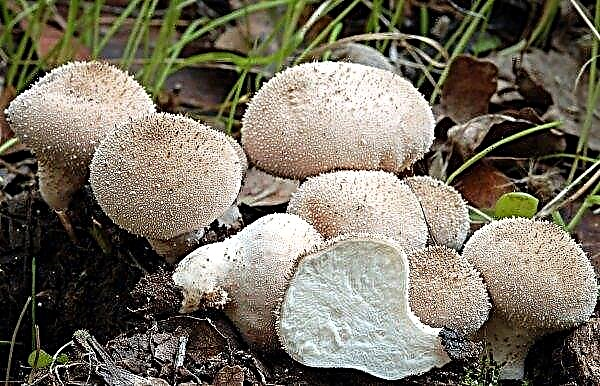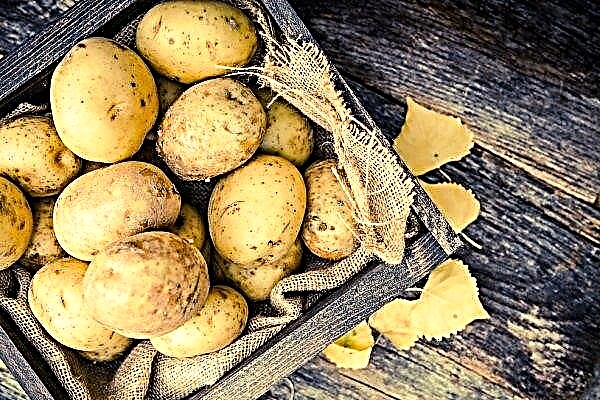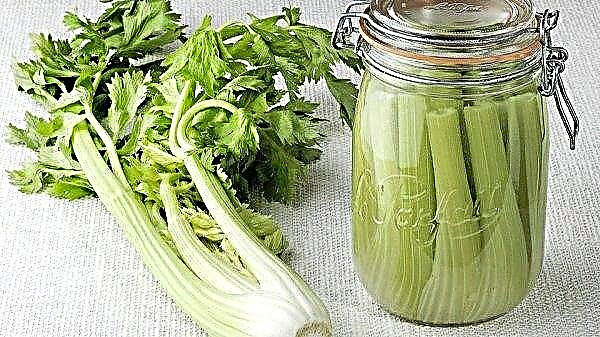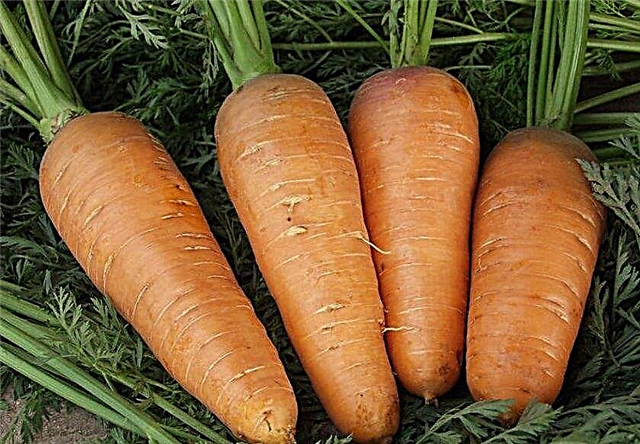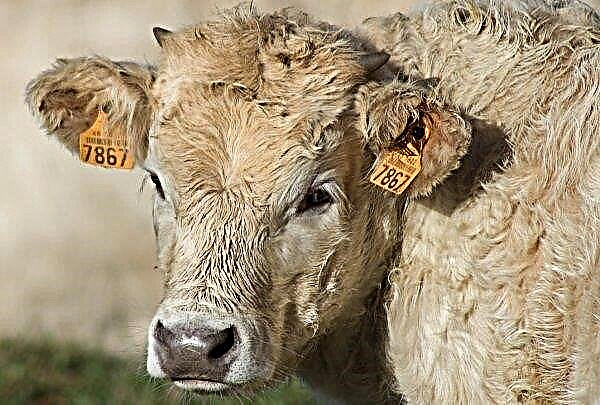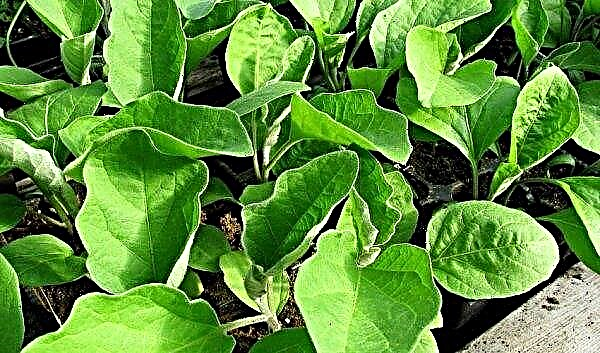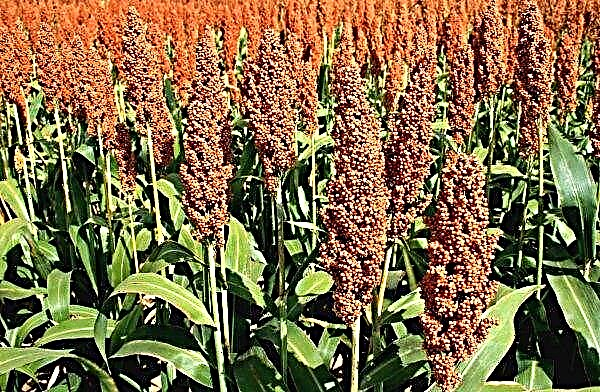Peruvian tomatoes came to Europe through Portugal and Spain in the sixteenth century, and then they were seen in France. But no one ate or even tried them - tomatoes were considered poisonous, and today tomato is a favorite vegetable. In order to get a good harvest, the land must be correctly selected. What soil is used and how to care for it - we will consider in the article.
What soil is needed for tomatoes in a greenhouse
Loose, well-retaining moisture is the first thing that catches your eye in a greenhouse, where there is always a generous crop. But to prepare high-quality soil, only loosening and moistening is not enough.
A few more prerequisites should be added:
- seeds of other plants should not remain in the soil;
- it should be tested for pathogens of various diseases;
- without treatment with poisons and chemicals;
- with a normal amount of vermicompost;
- containing sand and a number of additional soil disintegrants, such as perlite.
Important! Another indicator is the level of acidity. It should be within 6.5 pN. Acidity should be taken into account when preparing the soil in a greenhouse where tomatoes will be grown.
What soil can be used
One of the dangers that lurks in the soil of the greenhouse is that it is quickly depleted. And on emaciated, sparse soil, it is hardly possible to wait for a rich harvest. That is why, when arranging a greenhouse, it is necessary to design it in such a way that the aged soil can be easily replaced. But it is not at all necessary that the greenhouse, which was placed on the ground, where excellent vegetables grew last fall, will also be amazed by the rich harvest of tomatoes. The soil in this place does not always remain healthy and fertile. It is more reliable in this case to independently prepare the soil for tomatoes. Knowing the quality of the soil, add the missing components to it.
Homemade
Soil, prepared independently, as a rule, eliminates undesirable components or their incorrect amount, which will certainly affect tomatoes. To begin with, in the fall, having harvested, the soil is thoroughly cleaned from the remnants of greenery and digged well, removing the roots of old plants. Prepared soil must be checked to see if there is too much moisture. You can do this by making a lump and observing whether it crumbles. If it crumbles, it means that everything is in order with humidity. Self-prepared soil will save finances and give a generous harvest.
Did you know? In the XYI century conly the flowers of tomatoes were married, since the aristocrats decorated them with their boudoirs.
Required Components
The greenhouse, in which they are going to grow tomatoes, “loses” to the garden: in the garden you can change crops. And in the greenhouse the area is limited, other measures are needed here.
Three types of soil can be prepared:
- humus predominates - leaves that are quail, with the addition of turf;
- with the addition of manure;
- mixed type.

Inappropriate additives
The first rule: do not use organic fertilizers at the time of their decay. At this time, intense heat is generated that can burn seeds or destroy young seedlings. Refuse clay - it makes the soil heavy, dense, does not allow breathing. The accumulation of heavy metals occurs, therefore it is impossible to use soil taken from roadsides of roads or from the territory of harmful, for example, chemical production for a greenhouse. Simply put, the soil must be clean.
Ready
When purchasing ready-made soil, which will facilitate the work, it is still necessary to treat it with “Fitolavin” - a special biological solution. Proportions of dilution: per 1 liter of water 2 ml of Fitolavin. This is an effective preventive measure, because there can not be full confidence that the purchased land was not infected during its harvesting. In special shops there are other options for solutions for soil treatment.
Important! The manufacturer must give the rules for using such a solution. It is better to follow them precisely, without saving or increasing the dose by eye.
Features of land preparation
When preparing the soil in a greenhouse for planting tomatoes, you need to navigate what time of year this is done - there are several distinctive points.
In the spring
Experienced gardeners know and use different methods of preparing greenhouse soil for tomatoes. Most often they use the spring version or spring "pie". The algorithm is not particularly difficult. The difficulty may be in the presence of reeds and branches that have been rotting for a long time.
But if there is this strategic reserve, then the procedure is as follows:
- The bottom layer is made of reeds and decaying branches.
- The next step is the next layer. It consists of three buckets of sawdust and 200 g of urea.
- This layer is sprinkled with lime.
- Now the top layer: ash, mineral fertilizers and earth are mixed.
 The last step - 2 times you need to mix the last 3 layers. When it will be necessary to dig holes, it is necessary to observe such a depth that the seedlings are covered with earth until the cotyledon leaves appear. It happens that the seedlings ready for planting have outgrown a little. In this case, it should be planted with an inclined angle of 45–50 degrees. Then the additional root system will also develop from the stem.
The last step - 2 times you need to mix the last 3 layers. When it will be necessary to dig holes, it is necessary to observe such a depth that the seedlings are covered with earth until the cotyledon leaves appear. It happens that the seedlings ready for planting have outgrown a little. In this case, it should be planted with an inclined angle of 45–50 degrees. Then the additional root system will also develop from the stem.Fall
Vegetable growers with experience in growing tomatoes in a greenhouse are most often involved in soil preparation for the next harvest in the fall. The work is simple, but requires attention and consistency. First, they remove all the soil from the greenhouse beds, cover the bottom with sawdust, straw, small branches, if needles, needles. In this case, it must be ensured that the layer does not exceed 5 cm. Another layer of manure is laid on it, 10 cm thick.
The third layer is soil for greenhouses, in which it is necessary to add 1 kg of soil, 3 kg of ash, 0.8 kg of ammonium nitrate, 3 kg of superphosphate. It will be a warm bed. Let it be worth two weeks. Then loosen it, remove all identified weeds and add 0.5 buckets of humus and 1 glass of wood ash to the soil. And so for every square meter of a bed under tomatoes.
Did you know? In China, 16% of the global tomato production is grown.
Fertilization and soil disinfection
If even beginner vegetable growers are familiar with the application of fertilizers, and the suitability of a particular product for tomatoes grown in a greenhouse is described in detail in the instructions, then disinfecting the soil is not familiar to everyone. A clean soil is no less important for tomatoes than saturated with fertilizers. They will not work at full strength on problem soil, so you need to know and follow a few rules, as well as know how much humus to contribute - this will help the normal growth of tomatoes and a good harvest.
It is imperative to change the ground in the greenhouse. If this is not done, then the mineral substances will gradually disappear. But a colony of insects will grow, occupying and corroding the root system. Then about any productivity there can be no question. One more rule: you should not bring land taken from the garden: there will be a lot of harmful trace elements. They simply change their place of residence by “registering” in the greenhouse, and will continue to harm the plants. An alternative here is land from a site where vegetable crops are not constantly grown. Reliable and affordable means of disinfection was and remains copper sulfate. It is only necessary to observe the proportions of the prepared solution: one tablespoon of copper sulfate per 10 liters of water. But water should be watered after the harvest. This is an effective preventative method. And quite affordable in terms of cost.
Reliable and affordable means of disinfection was and remains copper sulfate. It is only necessary to observe the proportions of the prepared solution: one tablespoon of copper sulfate per 10 liters of water. But water should be watered after the harvest. This is an effective preventative method. And quite affordable in terms of cost.
But you have to be careful: copper is toxic. Its effect on the human body is negative. Gloves are required, closed shoes, legs and long sleeves will protect against the possibility of a solution of copper sulfate on the body.
Preparation of beds
Was and remains the most popular autumn preparation for tomatoes. It must be remembered that tomatoes love warmth, so it is better for them to divert the sunny part of the site. It is very good if it is a southern slope or a bed on the south side. But we must take into account whether this is a windy side - the north wind will only harm the tomatoes. Then determine the planting pattern of tomatoes. The best option is a double-row tape.
With the distance you can experiment: 30 cm and 60 cm between future bushes (in the same row) are permissible. It turns out that the width of the beds should be made about 150-160 cm. Summer residents, saving space, plant tomatoes more densely, but lose in yield. So it’s better not to “squeeze” the tomatoes.
As for the length of the beds, this is how the plot allows. Good predecessors of tomatoes are zucchini, potatoes, carrots, cabbage, onions, pumpkin, cucumbers. But in the place of solanaceous - peppers, eggplant, the same tomatoes - tomatoes will grow poorly. Tomatoes have such a plus as unpretentiousness to the soil. They love both sandy loamy soil and loamy soil.
But at the same time, they are very demanding on the acidity of the soil: as soon as its indicator exceeds 6.5%, the tomatoes stop growing and, accordingly, do not give a good crop, or even die. For some summer residents, it becomes difficult to determine this acidity.
There is a simple and affordable method:
- you need to look at weeds growing on such soil. There is creeping buttercup, rosemary or sorrel - this means it is acidic soil, it does not fit tomatoes. They need a neutral;
- You can use a special indicator leaflet, which is sold in any store gardener. Following the instructions, you can accurately set the level of acidity specifically in this area.
 Many gardeners are wondering what to do if the lion's share, or even all the soil in the area with high acidity. There is a solution: every two years it is necessary to cultivate the soil with ash or liming it every four years. Ash requires two glasses per square meter. It should be tried to evenly distribute and "drown" a rake. The same algorithm with limestone, only the proportion is different - 200 g / m².
Many gardeners are wondering what to do if the lion's share, or even all the soil in the area with high acidity. There is a solution: every two years it is necessary to cultivate the soil with ash or liming it every four years. Ash requires two glasses per square meter. It should be tried to evenly distribute and "drown" a rake. The same algorithm with limestone, only the proportion is different - 200 g / m².You should not refuse such a long-known remedy: in the autumn, add 1 to 5 kg of humus, 2 tablespoons of phosphorus and one tablespoon of potash fertilizers to future tomato beds. As for nitrogen fertilizer, one tablespoon of such fertilizer is used in spring.
So, preparing for planting tomatoes and caring for them is a science, but everyone can study it. If you focus on the theory and practical advice of experienced summer residents, it is quite realistic to get a good tomato crop in the first year. The main thing is to choose the right and continue to care for the soil.

